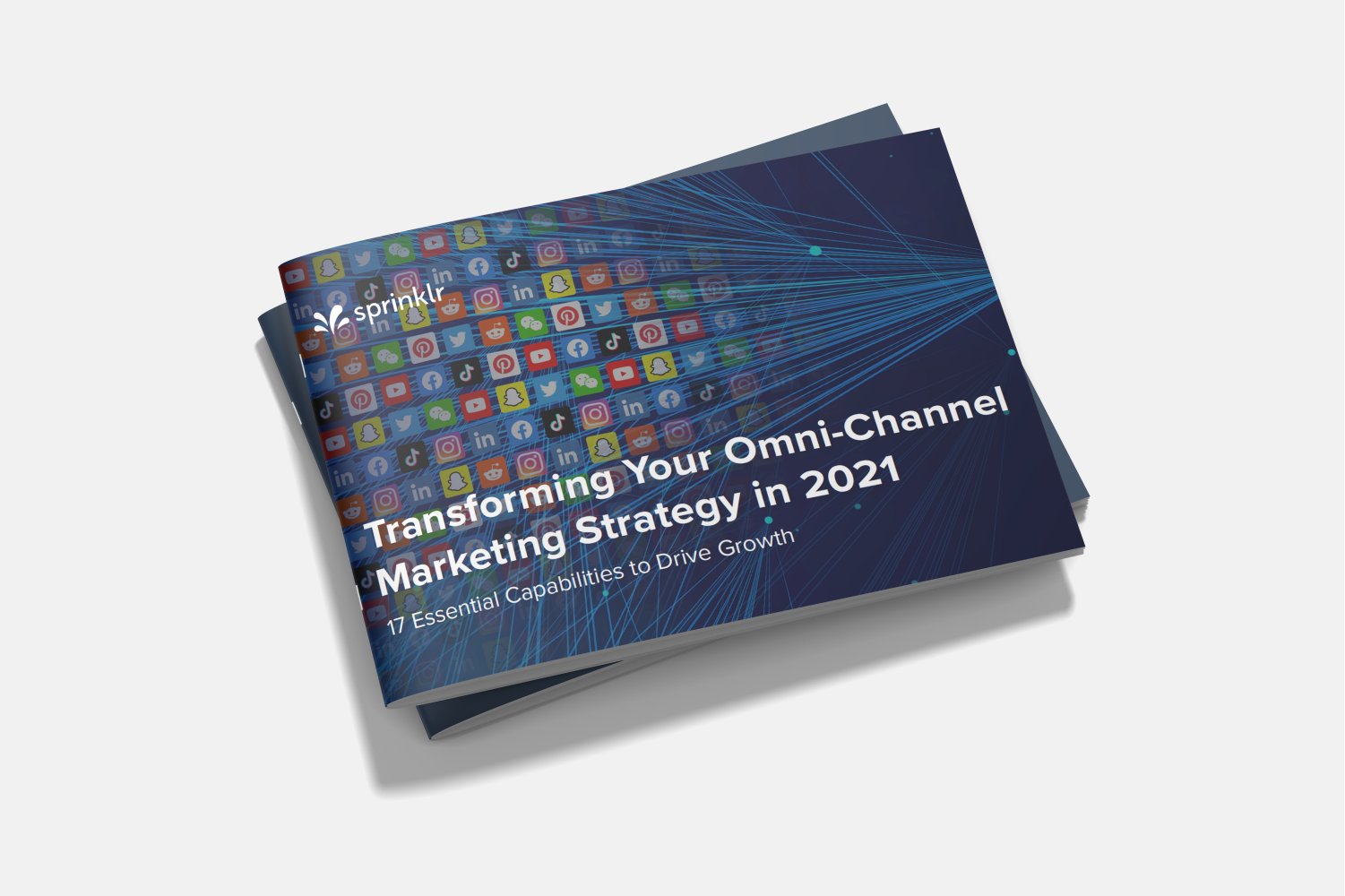What is inbound marketing?
Inbound marketing is a methodology that focuses on creating content that draws prospective customers in toward your brand or business. While outbound marketing tactics include all types of brand-initiated outreach, inbound marketing is about bringing customers to your brand by winning their trust, and solving their problems with content and experiences that are tailored to their needs and interests. When done well, inbound marketing has the potential to drive brand awareness and lead generation that can result in sales and advocacy.
Why is inbound marketing important?
Modern consumers are more empowered than ever before as they research, shop, and engage with brands across a growing list of digital channels. Brands need to look for innovative, non-disruptive ways to engage these customers on their terms. Inbound marketing can play a pivotal role since it draws consumers by serving them the right content in the right format at the right time.
Consumers today are spoiled for choice when it comes to brands and content they choose to engage. Since inbound content is targeted and relevant, it’s able to capture and retain user attention all the way to conversion and beyond. That’s where inbound marketing wins out over ‘spray-and-pray’ marketing methods that deliver content that users may not really need or want.
What are the benefits of inbound marketing?
Effective inbound marketing offers several benefits to businesses.
Improves brand discoverability
About nine in ten sales start with a simple online search. If your content tops search results and social media feeds of your target audience, your brand becomes discoverable organically. This is precisely what inbound marketing accomplishes for your business.
Generates quality traffic
Inbound marketing attracts consumers who are genuinely interested in learning about your brand and products/services. By delivering your brand message when consumers are actively in-market for your product/service, you will be able to drive higher quality traffic and, in turn, qualified leads for your business.
Reduces marketing spend
Compared to marketing methods like trade shows and out-of-home, inbound marketing is more cost-effective. There are many inbound methods like employee advocacy that don’t require any added investment. Moreover, inbound marketing generates a steady flow of qualified leads for your business and justifies the marketing spend with a steady ROI.
Tightens control over the conversion journey
With tailored and timely content, it nurtures consumers through the buying journey — positioning you as a preferred brand they turn to when they are ready to buy.
How to build a robust inbound marketing strategy
1. Define your goals
You need to clearly define the goals, KPIs, and metrics to keep your marketing campaigns on track and measure their impact. Common goals include boosting brand awareness, driving organic traffic, generating leads and sales, and expanding reach, consideration, and engagement.
2. Understand your target personas
Next, you need to understand everything about your target audience — from their demographics to their favorite channels and burning pain points. Content and experiences that are tailored to user personas can grab attention and trigger the desired action.
3. Pick your channels strategically
It’s a good idea to publish on inbound channels where your target audience and competitors are most active. You can compare campaign performance on different channels to identify the most beneficial ones and invest more effort there.
Learn more: Listen, Engage, Connect: 3 Steps for Executing a Seamless Multilocation Marketing Strategy
4. Plan your content strategy
Last, you need to create a detailed content strategy and content calendar to plan out your campaigns in advance. You might need to create multiple campaigns that work in tandem to achieve different business objectives. It also helps to distribute your content across all your owned, earned, and paid channels — and it can be challenging to schedule them efficiently without a proper content calendar in place.
While you might be tempted to over-post on social media, beware of audience fatigue and keep things scalable. Determine a reasonable posting frequency so you can maximize engagement while continuously improving your content strategy based on feedback.
Sharpen your inbound marketing strategy with Sprinklr Marketing.
Content is the foundation of inbound marketing. Sadly, most businesses struggle with planning and publishing content at scale, mostly because they lack a powerful marketing solution with planning, production, and execution capabilities within one platform. Powered by industry-best AI, Sprinklr’s Sprinklr Marketing solution can put your content-creation activities on auto-pilot — reducing your production costs and doubling your content volumes in the process. The digital-first content planning and marketing platform can simplify your inbound marketing with features such as:
Unified content calendar and brief builder for efficient campaign planning across 30+ modern channels — eliminating the need to invest in multiple tools
Collaborative workflows to automate repetitive marketing processes, enable timely publishing, and enforce governance and compliance across marketing, sales, and product teams
Audience profiling capability to better understand who’s engaging with your content so you can proactively tap into conversion opportunities
Production dashboards to help you juggle multiple campaigns, tasks, channels, and teams simultaneously
Leverage Sprinklr — the world’s only unified customer experience management (Unified-CXM) platform — to build a content strategy that applies seamlessly across all modern digital channels to give your brand the reach, authority, and engagement it deserves.
Thank you for contacting us.
A Sprinklr representative will be in touch with you shortly.
Contact us today, and we'll create a customized proposal that addresses your unique business needs.
Request a Demo
Welcome Back,
No need to fill out any forms — you're all set.


